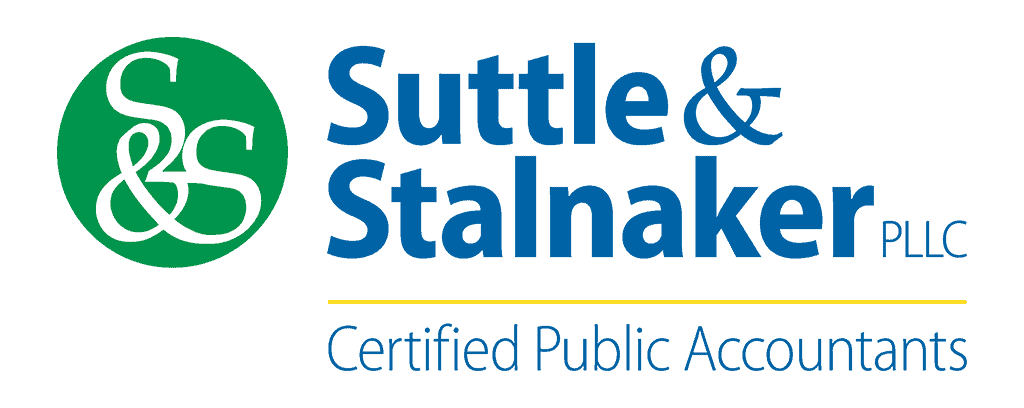Having the right equipment to do a job can be highly critical to the success of a construction company. Deciding whether to purchase or rent the necessary equipment is a significant decision all construction company management teams and owners face each year. Once one chooses to purchase equipment, the next major decision is to carefully consider the method of acquiring and paying for the equipment. Two common methods of purchasing equipment are either with cash or through financing with a bank or a financing company. Each option has distinct advantages and disadvantages that can significantly impact a company’s financial statements and tax returns. Below we will discuss some of the pros and cons of these two methods, which will help you and your management team make informed decisions regarding their future equipment investments.
As mentioned above, one method to acquire equipment is using current cash reserves.
Some of the advantages of using cash reserves are:
• No financing interest costs. Using cash to purchase equipment eliminates the interest expense typically associated with financing the purchase. This can result in considerable savings over time, especially for expensive equipment purchases.
• No monthly debt obligation. Using cash eliminates a long-term monthly debt obligation that produces stress for company owners and management, primarily as they may deal with workload changes. In lean cash flow times, not having that monthly obligation or burden can reduce the stress that owners and managers feel.
Some of the disadvantages of using cash reserves are:
• Immediate use of cash reserves. Using cash for equipment purchases can significantly impact the Company’s available cash reserves, which can restrict the potential growth of the business by taking on more work, etc.
• Negative financial ratios. When construction companies submit their annual financial statements to their surety and bank, two very crucial ratios that are looked at are the Company’s working capital and current ratio. Using cash to purchase equipment takes a current asset and replaces it with a long-term asset, reducing a company’s working capital and current ratio. This can have unexpected consequences on a company’s bonding capacity.
• Opportunity cost: As noted above, the use of cash for equipment purchases may prevent the Company from taking on more work and achieving growth goals, but they may also miss out on other investment opportunities with potentially higher returns, such as the development of a different line of work which can improve long-term stability and growth through diversification.
The second method that can be used to acquire equipment is through the use of debt financing.
Some of the advantages of using financing are:
• Preservation of cash reserves. Financing equipment allows the Company to spread the cost over time, preserving cash flow for other operational needs and investments.
• Tax benefits: Although financing the acquisition can result in the Company incurring higher acquisition costs because of the interest costs associated with the debt, those interest costs are usually deductible for income tax purposes.
• Maintain important financial ratios. As noted in the disadvantages of using cash above, using debt to finance the equipment purchase can allow a company to obtain a long-term asset using a liability that will be mostly treated as a long-term liability. The principal payments due within the next 12 months would be reported as a current liability. In other words, the negative effect on the working capital calculation and current ratio is the portion of principal payments reported as a current liability.
• Access to the newest technology. Financing enables the Company to acquire the latest equipment without depleting its cash reserves, ensuring it remains competitive in the market.
Some of the disadvantages in using financing are:
• Increased acquisition costs: In most situations with debt financing comes an interest expense component which increases the overall cost of the acquisition.
• Potential impact on Debt Ratios: Financing increases the contractor’s liabilities, affecting their debt-to-equity ratio and other financial metrics. High debt levels can make it more challenging to secure additional financing or attract investors.
The decision to purchase equipment with cash or through financing comes down to striking the right balance between short-term liquidity and long-term growth objectives. Companies with ample cash reserves and a desire to avoid debt may prefer cash purchases, benefiting from reduced interest costs and reduced monthly obligations. On the other hand, businesses seeking to conserve cash flow and take advantage of potential tax benefits may opt for financing.
Ultimately, companies need to consider their specific financial situation, growth prospects, and tax implications when making this critical equipment acquisition decision. Consulting with financial advisors and accountants can help businesses navigate the complexities and make informed choices that align with their financial strategy.
Suttle & Stalnaker is ready to help you. If you would like more information on how this applies to you, contact Danny Shobe, CPA, CCIFP, in our Charleston Office at (304) 343-4126 or at dshobe@suttlecpas.com.

